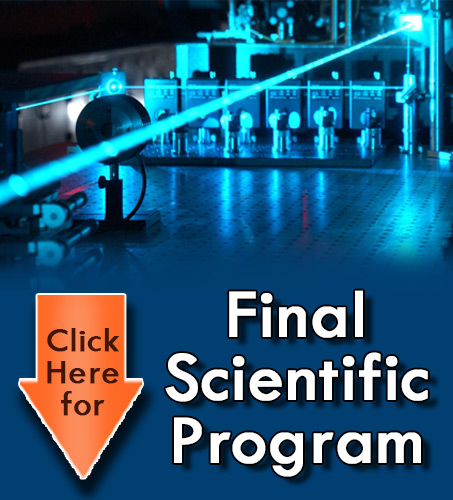
Vincenzo Spagnolo
Technical University of Bari, Italy
Title: New developments in quartz enhanced photoacoustic sensors exploting custom quartz tuning forks
Biography
Biography: Vincenzo Spagnolo
Abstract
Trace gas detection has a significant impact on a wide range of applications, such as environmental or industrial monitoring or medical breath analysis. Techniques based on optical absorption offer fast responses, minimal drifts and high gas specificity. Quartz enhanced photoacoustic spectroscopy (QEPAS) is one of the most sensitive optical techniques for trace gas measurements. QEPAS exploits a quart tuning fork (QTF) as a resonant optoacoustic transducer that converts the acoustic wave into the electrical signal via the piezoelectric effect. For more than a decade since its first demonstration in 2002, all the QEPAS systems employed standard 32 KHz QTFs, similar to the ones incorporated in clock watches and smartphones. Recently, new designs for the QTFs have been proposed and implemented in QEPAS sensors, opening the way to the use of QTF overtone vibrational modes and novel microresonator configurations providing excellent results in terms of sensitivity. The implementation of custom QTFs also allow extending the use of QEPAS in the THz spectral range and with laser sources having poor beam profile, like fiber-amplified lasers. Here it will presented a review of recent results obtained exploiting custom QTFs in QEPAS trace-gas sensors operating in the near-IR mid-IR and THz ranges. Finally, new QEPAS approaches exploiting simultaneous excitation of the two antinodes of the QTF first overtone mode or both fundamental and first overtone mode antinodes will be reported. In particular, the latter approach leads to the first simultaneous dual-gas detection with a QEPAS sensor.

